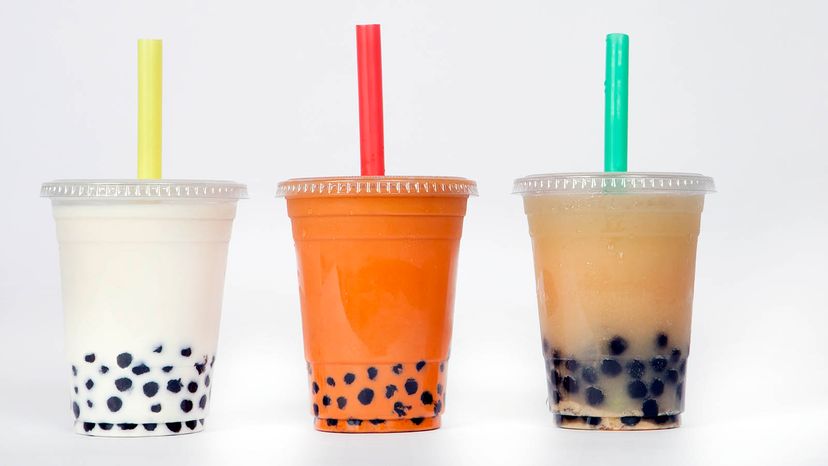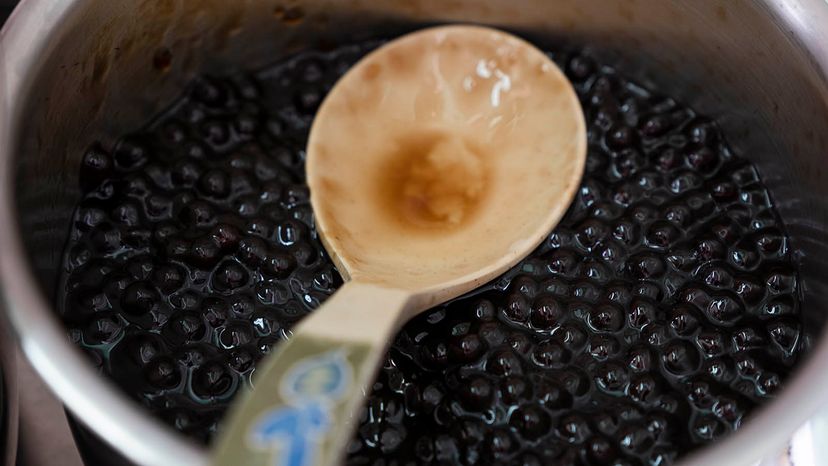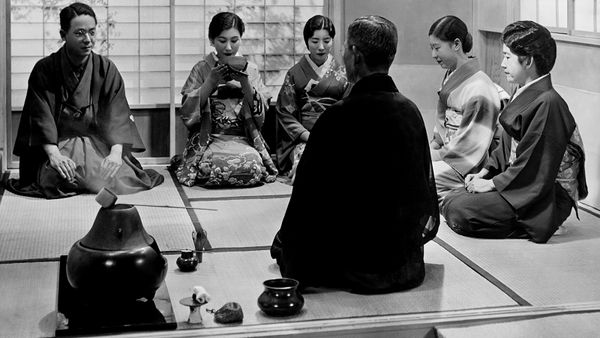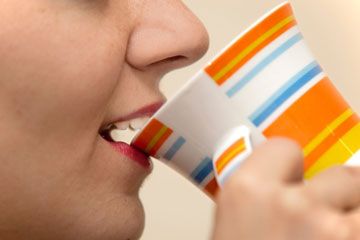
There was a time when the sight of a person slurping up mysterious black balls from a slightly-bigger-than-average straw was reserved for the regulars at the local Asian supermarkets or the bustling street corners of any city's Chinatown. Admittedly, the tea drink must look exotic to those who grew up in small towns where frozen yogurt stores were hailed as "the next big thing." Boba tea, or bubble tea, is a quintessentially Taiwanese tea-based drink that incorporates tapioca balls that are chewed along with each sip. For close to 40 years, the East Asian dessert drink has risen in popularity, with stores like Boba Guys and Kung Fu Boba popping up on both U.S. coasts.
Boba tea broke onto the scene sometime in the 1980s, though its origins are somewhat shrouded in mystery thanks to two competing tales from two rival Taiwanese teahouses. Tainan's Hanlin Tea Room says the drink was born in 1986 when their founder, Tu Tsung-ho, found tapioca balls on sale at Tainan's Yamuliao market and added them to his milk tea at home.
Advertisement
Rival teahouse Chun Shui Tang believes it was a then-20-year-old employee named Lin Hsiu-hui who created the drink in 1987 when she "decided to dump her Taiwanese dessert called fen yuan — a sweetened tapioca pudding — into her Assam iced tea and drink it," according to Twinings, the tea company.
The boba tea phenomenon first migrated from Taiwan to the west coast of America in the 1990s, where it quickly became a fad in Taiwanese immigrant communities, assimilating into Taiwanese-American culture next and, from there, making its way into mainstream American society.
Regardless of who can actually take claim over boba tea, both origin stories include tapioca balls, a flash of inspiration and an extensive bout of experimentation that eventually gave the world what we now know as bubble tea.
Advertisement


